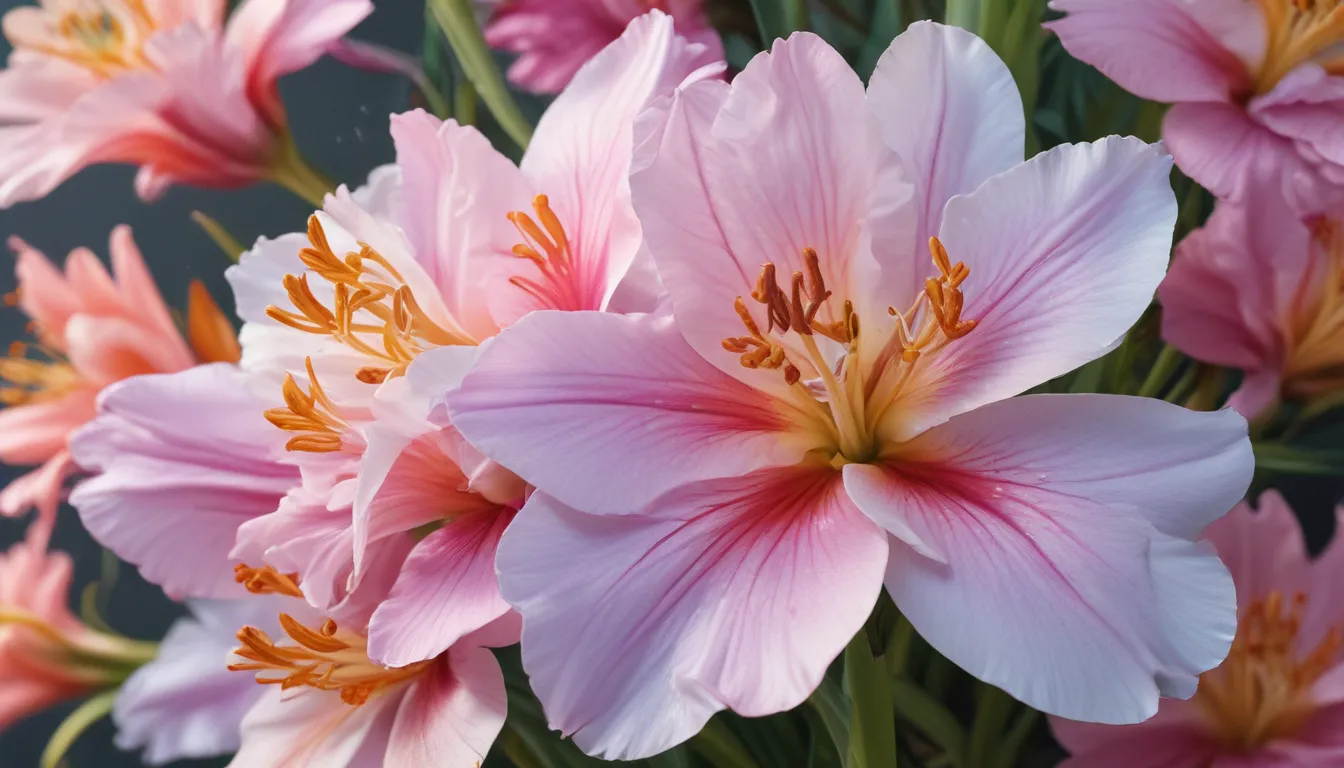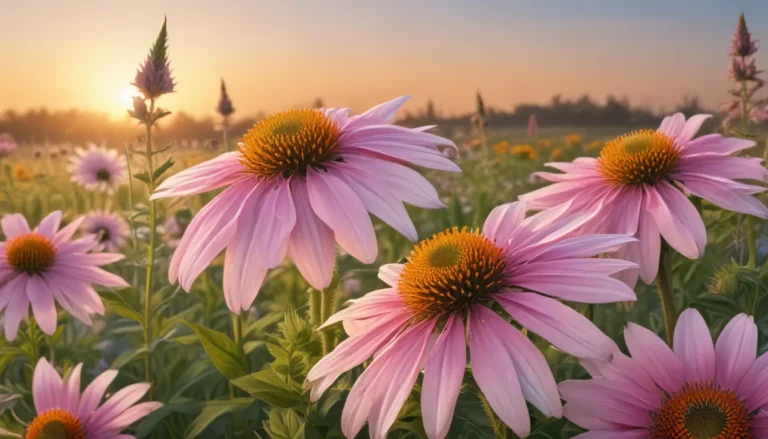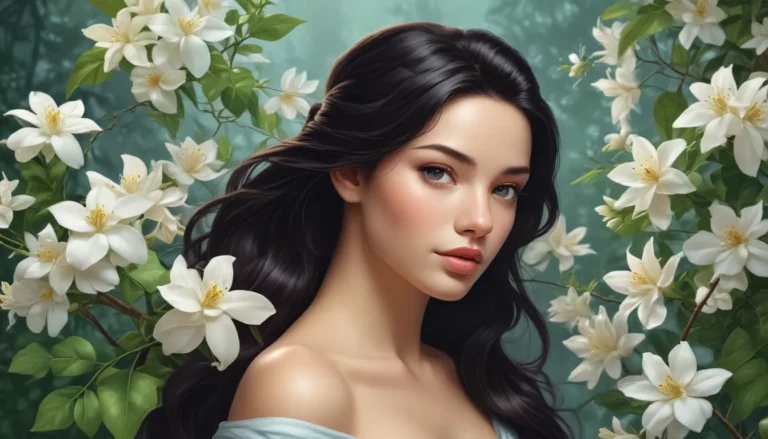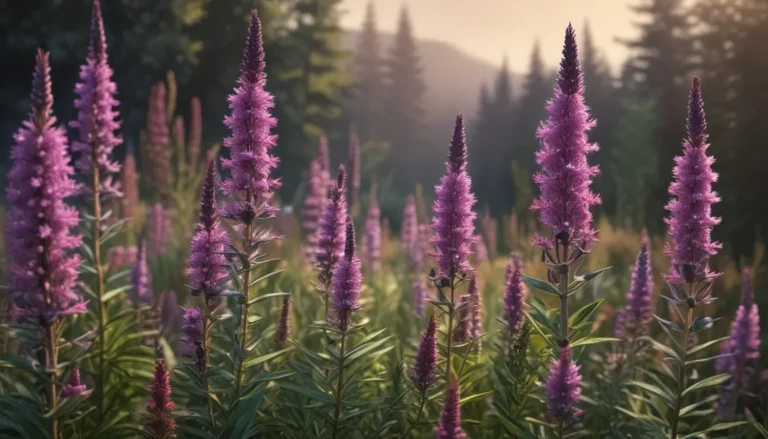The pictures we use in our articles might not show exactly what the words say. We choose these pictures to make you interested in reading more. The pictures work together with the words but don’t take their place. The words still tell you the important facts.
Are you ready to embark on a botanical journey filled with beauty and elegance? Join us as we explore the fascinating world of Ixia, a stunning genus of plants native to Southern Africa. Known for their vibrant colors, unique star-shaped blooms, and rich history, Ixia flowers have captured the hearts of botanists, garden enthusiasts, and nature lovers around the world. In this article, we will uncover 10 intriguing facts about Ixia that will leave you fascinated and inspired. From their cultural significance to their role in pollination, there is so much to learn and appreciate about these remarkable plants. So, let's delve into the wonders of Ixia and discover why it is truly a marvel of nature.
Discovering the World of Ixia
Let's start our journey by diving into some key facts about Ixia that will help you appreciate the beauty and significance of these enchanting flowers.
The Elegant Ixia Flower: A Member of the Iridaceae Family
The Ixia flower, scientifically known as Ixia sp., belongs to the family of Iridaceae. With its delicate petals and vibrant colors, this flowering plant is a popular choice among gardeners and flower enthusiasts seeking to add a touch of elegance to their landscapes.
Native Habitat: South Africa
Originating from South Africa, Ixia flowers can be found thriving in a variety of habitats such as grasslands, meadows, and rocky slopes. The Mediterranean-like climate of the region provides the perfect environment for these stunning flowers to flourish.
Diverse Species: Over 50 Varieties of Ixia
The Ixia genus encompasses more than 50 different species, each displaying unique characteristics and color variations. From Ixia maculata to Ixia polystachya, the diversity within the Ixia family is truly remarkable.
Seasonal Bloomers: Spring and Summer Delight
Ixia flowers bloom primarily during the spring and summer months, showcasing their vibrant colors and intricate patterns. Their presence adds elegance and beauty to any garden or floral arrangement, creating a cheerful ambiance.
Rainbow of Colors: A Visual Feast
One of the most captivating features of Ixia flowers is their wide range of colors. From shades of red and pink to purple, yellow, and white, these multicolored blooms bring visual interest and vibrancy to any landscape.
Star-Shaped Blooms: Nature’s Work of Art
The star-shaped blooms of Ixia flowers are truly mesmerizing. Each flower typically consists of six petals arranged in a star-like pattern, creating an eye-catching display that beckons pollinators and admirers alike.
Pollinator Paradise: A Haven for Beneficial Insects
The vibrant colors and nectar-rich flowers of Ixia plants make them a favorite among pollinators such as bees, butterflies, and other beneficial insects. These visitors play a crucial role in the pollination process, ensuring the continued beauty and abundance of Ixia blooms.
Container Gardening: Perfect for Small Spaces
Whether you have limited garden space or want to add a pop of color to your patio or balcony, Ixia flowers are ideal for container gardening. Their compact size and ornamental value make them a versatile choice for adding beauty to small outdoor areas.
Cut Flower Elegance: Long-Lasting Beauty
Thanks to their captivating beauty and long-lasting blooms, Ixia flowers are popular choices for cut flower arrangements. Whether in bouquets or vases, these elegant flowers bring sophistication and charm to any indoor setting.
Symbol of Grace and Strength: The Meaning Behind Ixia
Symbolically, Ixia flowers represent elegance and strength, embodying the ability to overcome challenges with grace and resilience. Whether as a gift or for special occasions, Ixia flowers carry a meaningful message of beauty and fortitude.
Embracing the Beauty of Ixia
In conclusion, Ixia is a plant genus that continues to captivate and inspire garden enthusiasts and botany lovers alike. With its stunning flowers, unique characteristics, and versatile growing habits, Ixia adds a touch of elegance and beauty to any garden or floral arrangement. Whether you're looking to enhance your garden's aesthetic appeal or simply want to learn more about this remarkable plant, Ixia is sure to captivate your attention and spark your curiosity. So, why not consider adding Ixia to your garden or exploring more about this elegant flower? Let the allure of Ixia inspire your gardening journey and bring a sense of wonder and beauty to your outdoor spaces.
Frequently Asked Questions
Do you have questions about growing and caring for Ixia plants? Check out these frequently asked questions for helpful tips and insights:
- How tall do Ixia plants grow? Ixia plants generally reach a height of 12-24 inches (30-60 cm).
- Do Ixia plants require full sun? Yes, Ixia plants thrive in full sun but can tolerate partial shade.
- How often should I water my Ixia plants? Ixia plants prefer well-draining soil and should be watered regularly to maintain even moisture.
- When should I plant Ixia bulbs? Ixia bulbs should be planted in the spring or fall, following the recommended guidelines for your climate.
- How long does it take for Ixia flowers to bloom? Ixia flowers typically bloom within 60-90 days after planting the bulbs.
- Can I grow Ixia in containers? Yes, Ixia can be grown in containers with proper drainage and sufficient space for bulb growth.
- Are Ixia plants deer-resistant? Yes, Ixia plants are generally deer-resistant due to the toxicity of their bulbs.
- Can Ixia plants be grown indoors? While primarily outdoor plants, Ixia can be cultivated indoors in containers with adequate sunlight and care.
- How do I propagate Ixia plants? Ixia plants can be propagated by dividing bulbs during their dormant phase and replanting in well-prepared soil.
- Are Ixia plants prone to diseases or pests? Ixia plants are generally resistant to diseases and pests but may suffer from root rot if overwatered or in poorly draining soil.
Join us on this journey of discovery as we unravel the wonders of Ixia and delve deeper into the secrets of this elegant flower. Let the beauty and grace of Ixia inspire your gardening endeavors and bring joy and wonder to your outdoor spaces. Explore the world of Ixia and embrace the enchanting allure of this captivating plant.






